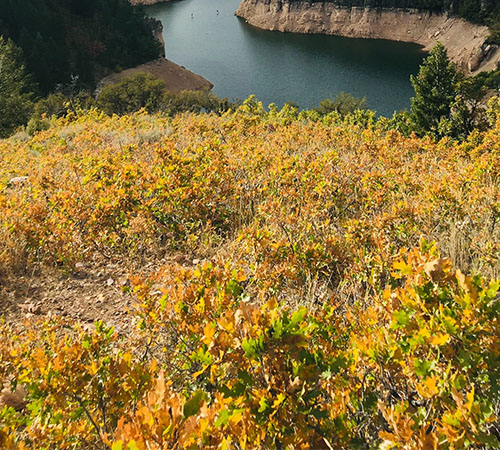
The impact assessment of Non-Timber Forest Product (NTFP) collection on household and community resilience was undertaken by MDS between July and October 2020.
The NTFP project implemented by BIZ is part of the Zimbabwe Resilience Building Fund’s (ZRBF) Building Resilience through improving the Absorptive and Adaptive Capacity for Transformation
(BRACT) project implemented in Mutoko and Mudzi. BIZ leads on the commercialization of non-timber forest products (NTFP) supply chains, working with producers in the two districts. BIZ plays two roles in the project, that of capacity building, and market linkage facilitator. The project is commercializing eight species as follows: 1) Ximenia caffra (nhengeni); 2) Ximenia Americana (tsvanzva); 3) Marula (oil and food grade kernels); 4) Kalahari Melon (seed); 5) Mobola plum (whole kernels); 6) Zumbani; and
7) Resurrection bush. At the time of the assessment there were about 1,000 NTFP enrolled on the project, split equally between Mudzi (500) and Mutoko (500) in 11 wards (five wards in Mudzi and six wards in Mutoko). Beneficiaries are enrolled on the project through a self-
selection process where those attend training are automatically included as beneficiaries. NTFP collectors are also free to exit the project at any given point. The project’s theory of change is that: “1) communities are trained and supported to sustainably commercialise NTFPs, and 2) are linked to and supported to maintain viable markets THEN there will be 1) increased consumption of NTFPs; 2) increased contribution of NTFPs to household incomes; 3) improved food security and dietary diversity for NTFP collectors; 4) improved forest conservation outcomes.
The objectives of the study were to: 1) assess the success of the BIZ project and identify positive and negative impacts on household incomes, resilience strategies and natural resource conservation; 2)collect information to answer research questions on the use of NTFPs as a sustainable approach to rural development which can improve consumption, income, and conservation through collection and sale.

